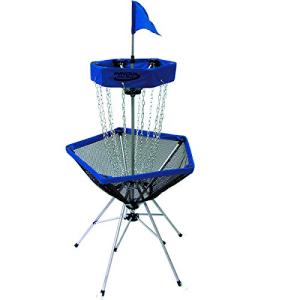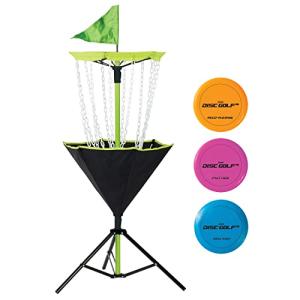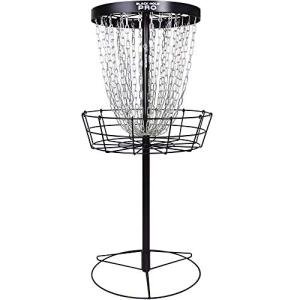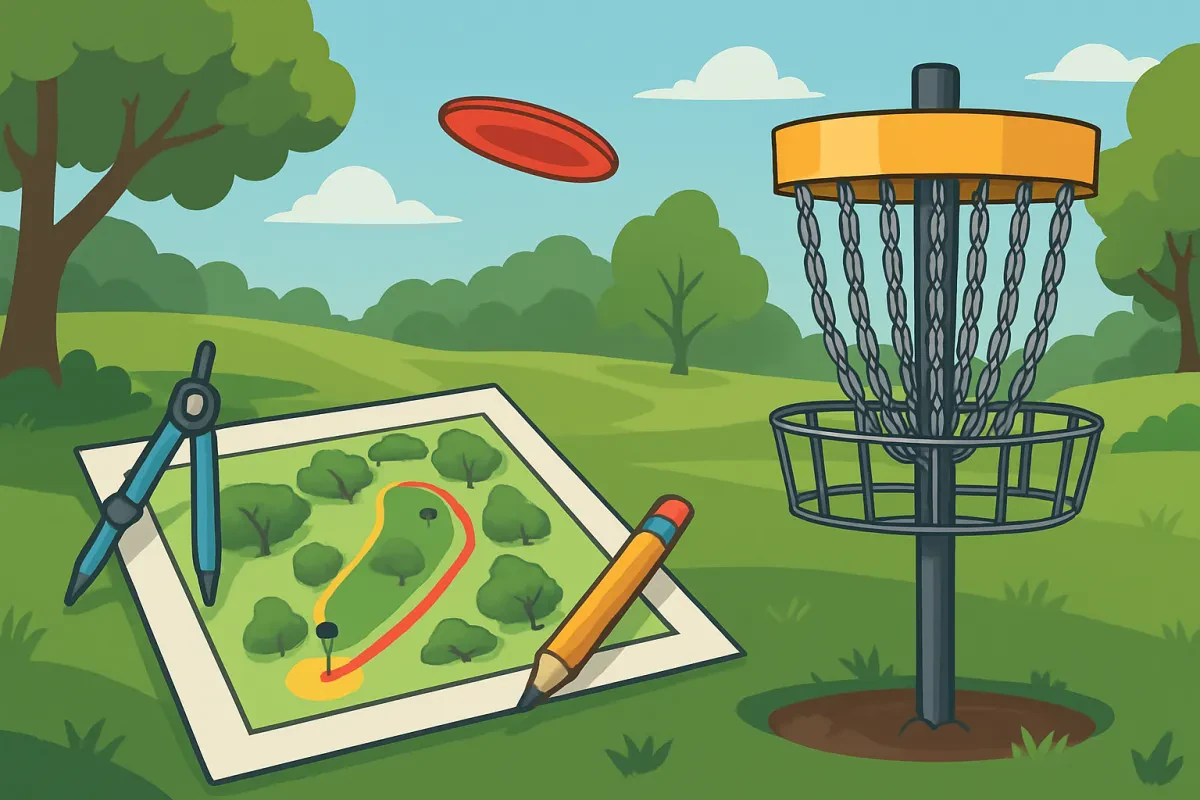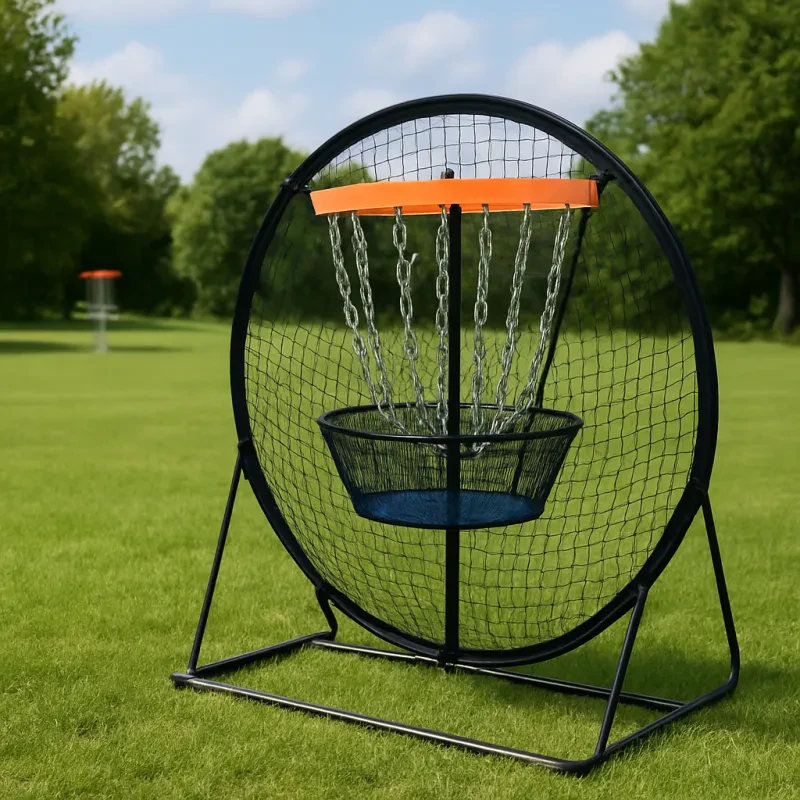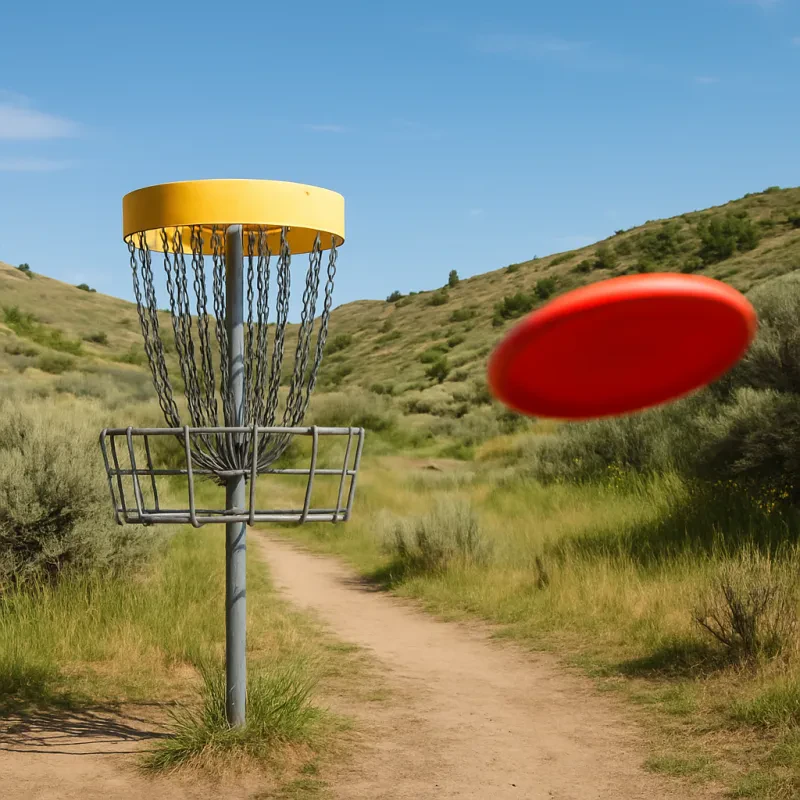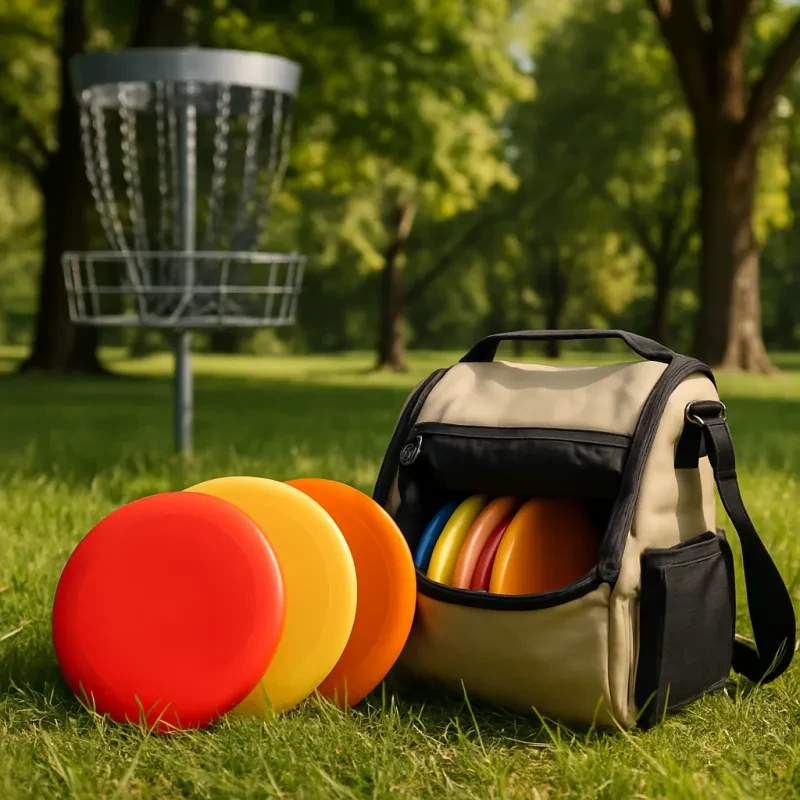Designing a disc golf course can be super fun and rewarding. You want to create an experience that everyone, from beginners to pros, can enjoy. Here are some Ultimate Disc Golf Course Design Tips to get you started.
First off, consider the layout. A great course flows well. Mix up the types of holes—some should be short and challenging while others can be longer and more open. This balance keeps things interesting and caters to different skill levels. Aim for a variety of obstacles like trees, hills, and water hazards to make each hole unique.
Accessibility is key. Make sure your course is easy to navigate. Clear signage at each tee and hole helps players know where to go next. You want everyone to feel comfortable, so avoid overly steep trails or tricky paths. It’s important that all players, including those with disabilities, can enjoy the course.
Don’t forget about safety! Keep a good distance between holes to prevent players from interfering with each other. Avoid placing tee boxes close to the basket of another hole. That way, everyone can focus on their game without worrying about getting hit.
Finally, think about the finishing touches. Create areas for players to rest or hang out between rounds. Adding benches or picnic spots can enhance the overall experience. These little things show you care about the players and want them to have a good time, making your course memorable.
Understanding Course Layout and Flow
When you're out designing a disc golf course, understanding the layout and flow is super important. You want players to feel engaged and excited from the first tee to the last basket. Think about how each hole connects with the next. You want to create a natural rhythm that keeps players moving smoothly along the course.
Start by considering the variety of hole types. Mixing up distances and obstacles adds some spice. Short, technical holes paired with long, open ones can keep players on their toes. It’s a good idea to look at how they throw their discs on different holes. Will they need to use forehands, backhands, or even overhands? Different challenges will enhance the playing experience.
Don’t forget about the flow! You want to avoid bottlenecks and ensure that players can easily navigate from hole to hole. Think about what happens when a round gets busy. Clear pathways and signage can help guide players without disrupting the pace of play. Positioning baskets and tees wisely can truly make or break the course experience.
Safety's key, too! Avoid tricky spots where players might cross paths or hit each other with discs. Keep an eye out for any potential hazards and adjust the layout to keep everyone safe. Incorporating these aspects is crucial if you want your course to be enjoyable and rewarding for all skill levels.
Choosing the Right Terrain for Players
Finding the right terrain for your disc golf course is key to creating a memorable experience for players. You want a mix of open spaces for easy throws and some challenging parts that make them think. Think about the landscape around you—hills, trees, water hazards. Each element can add excitement and opportunities for strategic play.
Look for areas with natural obstacles. Trees can be great for adding some challenge to your holes, forcing players to navigate through them. Water hazards can up the ante, but make sure they’re not overwhelming. A good balance keeps players engaged without feeling frustrated.
Don’t forget about elevation! Elevation changes can make throws more exciting and test players’ skills. If you have hills, use them to create downhill and uphill shots. It adds variety and keeps things interesting.
Ultimately, consider your audience. If you’re designing for beginners, keep the terrain friendly and inviting. For more experienced players, throw in some tougher elements. These Ultimate Disc Golf Course Design Tips help you create a course that everyone will love, whether they’re just starting out or have been playing for years.
Creating Fun Challenges and Obstacles
Introducing fun challenges and obstacles can really spice up your disc golf course. It keeps players on their toes and makes every round an exciting adventure. Think of unique features that’ll test your skills and creativity. Trees, rocks, water hazards—these natural elements can add thrill without needing complicated modifications.
Use elevation to your advantage. Create a few uphill or downhill throws to really engage those leg muscles. A steep hill can make a straightforward hole way more interesting. Players will have to focus on their angle and power, making it a rewarding challenge!
Adding man-made obstacles can also elevate the fun factor. A simple bridge or a tunnel can turn an ordinary hole into something unique. Imagine throwing through a narrow opening between two trees or over a small creek. These little tweaks can make a big difference in how players experience the course.
Make sure to mix up the types of challenges. Offer easy holes for beginners and more complex ones for experienced players. This way, everybody can enjoy themselves. Think about creating a signature hole that players will remember—the ultimate test of skill featuring tricky turns or a risky shot over water. These are the moments that players will rave about when they leave!
